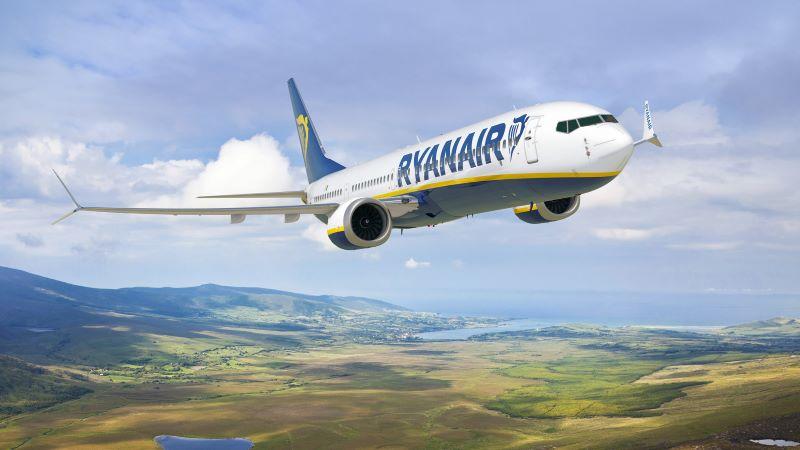
Credit: Boeing
Ryanair is planning to enter a period of slower profitable growth by 2027, when its Boeing 737-10s start arriving, although the Irish LCC’s passenger numbers are set to double by 2034. “The growth will slow down,” Ryanair Group CEO Michael O’Leary said, speaking on a May 22 earnings call. “As we get...
Subscription Required
This content requires a subscription to one of the Aviation Week Intelligence Network (AWIN) bundles.
Schedule a demo today to find out how you can access this content and similar content related to your area of the global aviation industry.
Already an AWIN subscriber? Login
Did you know? Aviation Week has won top honors multiple times in the Jesse H. Neal National Business Journalism Awards, the business-to-business media equivalent of the Pulitzer Prizes.





